All the Tech I Use (and Recommend) as an Expat Digital Nomad
I've burned through a ton of junk to find out what tech works when on the road.
Living abroad means there’s more than just the metric system to adjust to. It means adapting to supercharged electrical outlets powerful enough to blow up your favorite curling iron or electric razor.
It means sifting through store after store of inferior, local brands you’ve never heard of, and it likely means spending hundreds, if not thousands, of dollars on new electrical products just to keep your life as similar to the one back in the States as possible (at least technologically wise).
As someone who spends almost the entire year outside of the U.S., I’ve adapted to wherever I live. I’ve purchased an electric kettle, because that’s just how most of the world boils water (though I still prefer a tea kettle and pot whenever possible). I’ve converted to a manual coffee grinder, and now I purchase almost only USB-powered devices, because sometimes it’s just easier than figuring out which kind of plug I’ll need.
If you’re considering an international move, either for retirement, a digital nomad visa, or you just want to backpack across the globe, there are a number of electrical devices you’ll need, and others you can bypass.
Over the years, I’ve figured out what works for me and what only takes up valuable suitcase space. Now, I’ve read plenty of tech blogs on Yahoo or CNET about “must-have devices for international travel.” Most of the time, those lists just feel like sales blogs. I can’t tell you how many times I’ve seen an over-the-shoulder fan the size of an ascot listed, but you know how many times I’ve seen such a device in the wild? Zero.
It’s why I wanted to put together a list of things that I actually use and travel with.
Before we get started, I want to point out that yes, I’ve included Amazon Affiliate links, just in case you decide to purchase anything, but these aren’t devices I’ve selected at random because I think you’re more likely to buy one. I’m not going to tout anything I don’t currently use, as I don’t want you to spend money on a piece of junk (I know I’ve bought countless travel tech items that are now in a landfill somewhere). So, to help you avoid wasting money and to make your international tech life easier, these are items I personally use, often every day.
Power Step Down Voltage Converter
Most of your gear won’t need a voltage converter. Your computer and cell phones will adapt to the electrical current. The Power Step Down Voltage Converter is something I use for larger devices, so that I can have some extra peace of mind. I travel with a video projector (more on this later), and I always connect it to this device to help control the power flow.
There’s an internal fan in the device, so there is some noise, but it’s about the same level as a laptop fan. This device has individual adapter plugs so you can use it anywhere in the world. It is listed for use with bathroom electrical devices, like curling irons and straighteners, which is extremely beneficial. I’ve used those little, mini-brick looking devices you buy at Walmart in the travel section that plug directly into a power outlet before, and they are not reliable for bathroom appliances. At best, you’ll short out the Walmart power adapter. At worst, you’ll destroy your equipment. And while I don’t rely on anything more than a hair dryer at times, I know a good curling iron or straightener can be pricy.
I use the voltage adapter with two usable plugs (and four charging USB ports), but there are larger options as well.
Nintendo Switch
I know, I know, this is kind of a goofy one, and you might not think it’s for you, but hear me out. When you move to a new place and don’t know a single person, you will have downtime. Sometimes, too much of it. The Nintendo Switch is a good option to help pass some of this downtime.
It is a highly portable video game system that you can connect to your television. As it’s smaller than a tablet, you can fit it just about anywhere, and it’s nice because you can download active games, like Wii Sports. Even if you’re not into Mario or ported games, Wii Sports is great for parties or with another friend. It’s also great if you make friends who have kids.
I also like it because it’s easy to take with me on a long plane ride. When you’re on a 10+ hour flight, there are only so many in-flight movies you can watch. Games on your phone usually aren’t all that great, and working on your laptop lasts about as long as the person in front of you remains upright. I think about 95% of my Switch playing time is on an airplane, but I’m glad I have it.
Apple Multi-Port Adapter
I can’t tell you how much I hate what they’ve done with the MacBook ports. I long for the days when the computer had all the connectors I needed and I could plug everything from 4 USB devices to a camera SD card into my laptop all at once. Now, there are two USB ports, and one of them is needed for power. Want to use a different Webcam and a ring light? Well, you’re screwed without an adapter.
So, I use a multi-port adapter. I’ve burned through a number of these, and the one I liked the best is not the corded adapter, but the one that plugs directly into the two USB ports on your MacBook. This helps keep the adapter secure and prevents it from yanking out or damaging itself.
There are various options, so you’ll want to find the one that fits your computer (if you have the new MagSafe power connection or the USB power connection, there are options for you). If you run a PC, you might not have this issue, but just in case you do, it’s well worth grabbing one (or two) of these adapters. You’re not always going to find a replacement while in a foreign country, and if you do, it’s probably going to be expensive.
Nebula Portable Projector
If you’ve spent any time in foreign Airbnbs or long-term rentals, you’ve probably noticed just how itty-bitty the standard television is. For some, this isn’t an issue, but I need my college sports, and I’d rather not watch a big game on a micro television (which is saying something for a guy who grew up on a 13-inch TV).
There are all kinds of portable projectors out there. Now, here’s the thing on all the various projectors. You can easily buy one for under $100. The first two I bought were around $80. The picture was decent, as I made sure to go with the HD projectors with the most brightness and color levels at the price point. But each lasted less than a year. The bulbs ended up burning out far earlier than they were supposed to. I had no way of ordering replacement bulbs where I lived (and I couldn’t even find the replacement bulbs online anyway). The Nebula is an HD projector that is sub $400, though there are others you can get around $300 that should work (though I can’t speak from experience).
The device is roughly the size of a soda can, is easy to pack, and is a fantastic upgrade over the standard rental apartment TV.
If you want to go all out for 4K projector I would suggest looking for a laser projector, as these won’t have bulb issues and should last a very long time…though you’ll probably spend close to $2K (at least) for even the cheapest options (make sure to read what the native resolution is on the projector, not the upconvert resolution).
Watching college sports and the occasional episode of Bob’s Burgers helps me feel connected with friends back home, and, in a weird way, it does bring me a sense of familiar joy.
JBL 770NC Wireless/Wired Headphones
First of all, I’d say about 90% of the time I use earbuds. Whether at the gym, walking the dog, or wandering through the airport, I’m using earbuds, but I’m not going to try to sell you any. Pick what works for you.
However, I like these JBL headphones for a few very specific reasons. I use these when working on the computer and when on an airplane. These are over-ear headphones, so they entirely surround your ears, instead of pushing against them. These cost half, if not a third of what Beats and Bose headphones cost; they feature noise canceling, and, more specifically, these headphones are both wireless and wired.
Why would you want a wired headphone?
To plug into the infotainment screen of your airplane seatback. There’s nothing worse than having quality headphones and then not being able to use them in the airplane, and those airplane headphones are not comfortable. Yes, there are little adapters you can purchase, but those little dongles are super easy to misplace (or forget). The JBLs are a quality buy for an excellent price.
Ceptics Universal Travel Adapter
It’s important to point out this is an adapter, not a power converter, so don’t plug your iron or hair dryer into this thing. No, this is for you to plug in your computer, cell phone, and other tech that converts the power flow automatically. I like this device because it comes with individual adapter plugs (so you’re not fumbling around with awkward switches found on those Walmart adapters), and it does feature surge protection.
If you move somewhere long-term, you’ll be able to buy a few stand-alone adapters that will work, but for travel purposes and to help before you get situated, this little device is excellent.
Nord VPN

Realistically, I use Nord VPN more than anything else. When activated, the virtual private network makes it look like I’m connecting to the Internet back in the States. This helps for banking purposes, and to watch streaming platforms (another reason I have a projector is that I can connect the projector to the computer to create a second screen, then watch TV/sports with the projector while I work on the computer). Hulu doesn’t work overseas, and Netflix isn’t the same. You won’t be able to watch any of your favorite sports without a VPN. On top of being able to continue using your favorite streaming services, a neat little trick is with your VPN, you can change the location in the US, which means instead of plunking down a few hundred bucks for NFL Sunday Ticket, you can just change your location from Miami to Chiciago or LA and you’ll get the game you want to watch.
I have no Amazon link for this. However, I can give you something that will help you save money (while kicking me a buck or two in the process). If you aren’t using Rakuten to save money or bank AMEX credit card points, you’re missing out. I’ve flown this year alone from London to Detroit, Detroit to Iceland, Copenhagen to Detroit, and Phoenix to Paris, all with credit card miles I earned from shopping on Rakuten (and I still have plenty of points left over).
I can write a different article (or maybe video) on how to earn AMEX points and use them for travel another time, but in terms of signing up for Nord VPN, it’s a massive money saver. If you’re unfamiliar with it, Rakuten is a shopping portal that sends you money/credit card points in return for buying stuff. Basically, it is a massive affiliate, and it gives you a little bit in return for using it. With the kickbacks for signing up for Nord VPN through the Rakuten portal.
At the moment, with the portal, you get 100% back for signing up for Nord VPN. This is a limited time, and it’ll drop in a few days, but there’s usually a good deal going on, so at most you’re paying a few bucks.
That’s the Main Stuff
That’s about all my main stuff. I didn’t get into computers or anything like that because I’m not here to tell you what sort of computer to use. Of course, I do travel with two laptops. I have my main one, and this is a super cheap backup, just in case anything happens. It’s a hunk of junk, but buying computers outside of the US is incredibly expensive, so it’s best to have a backup (if possible), so that if things go sideways, you still have a computer to cover you.
I think in the future I might write about the best dog travel gear, and maybe some of my favorite homegood items to buy because what you find overseas is generally trash (why do sheets universally suck everywhere else in the world?). But for now, take it easy, and if you’re curious about any other travel and digital nomad specifics for living life abroad, let me know.


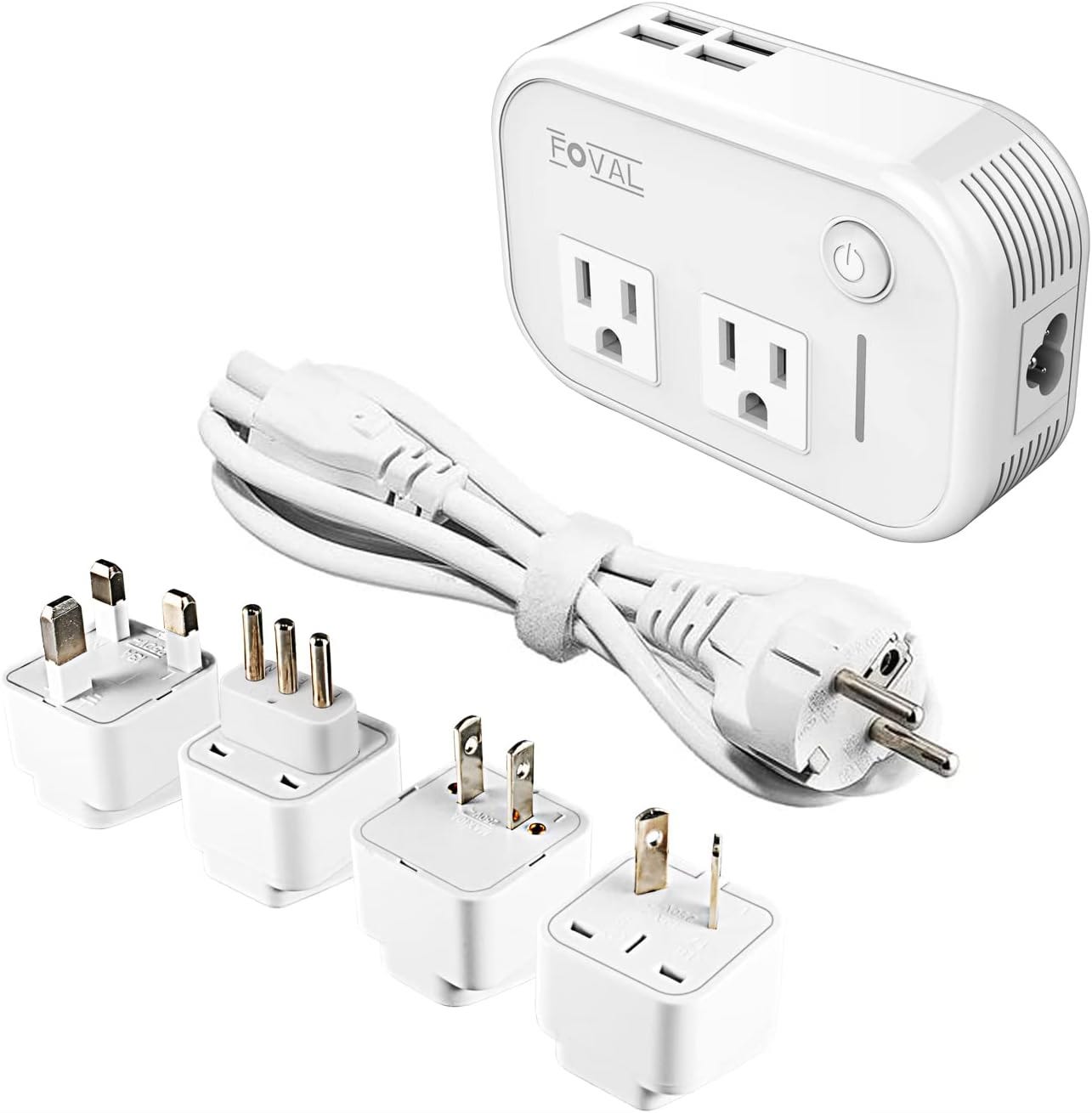
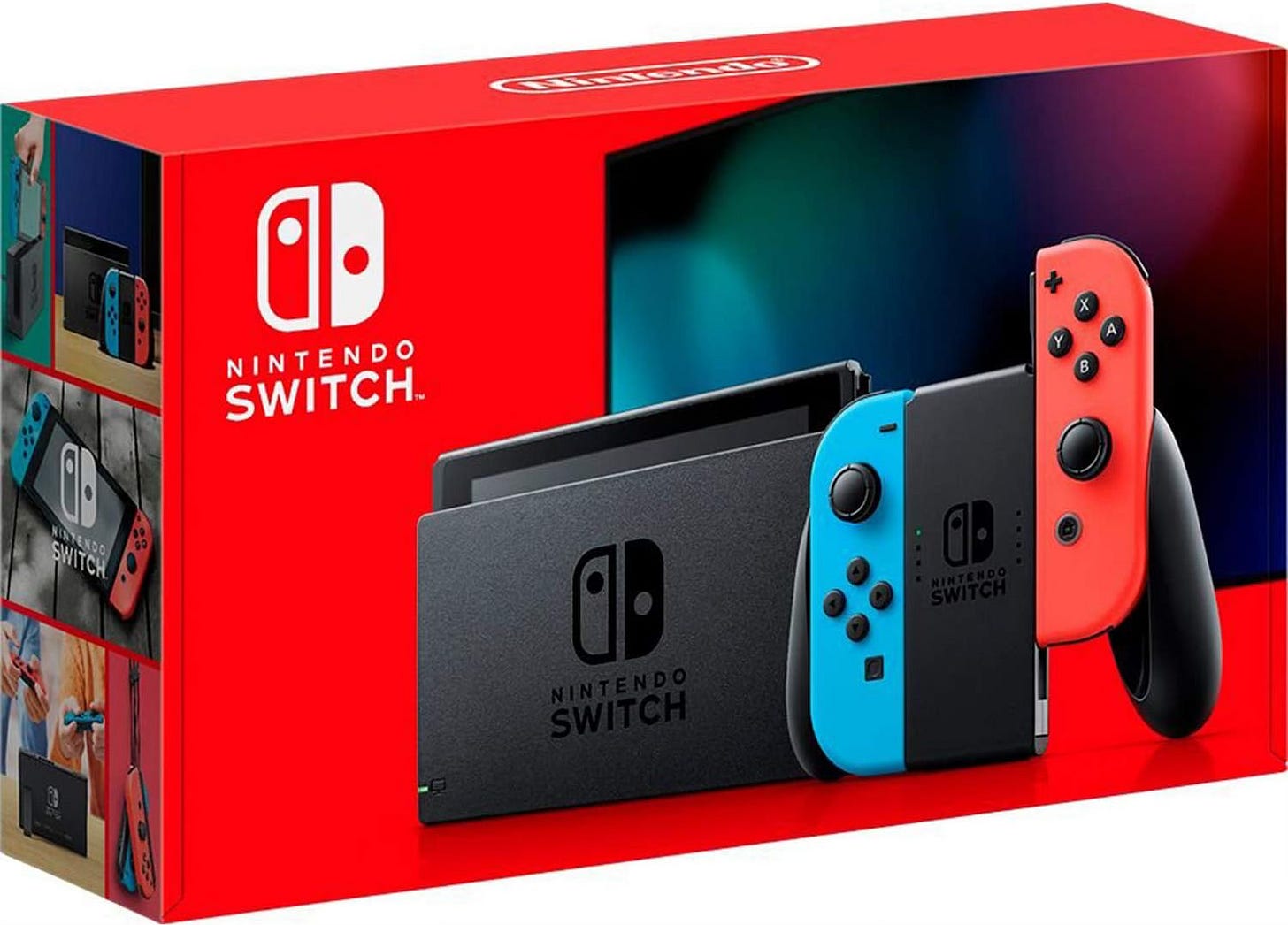
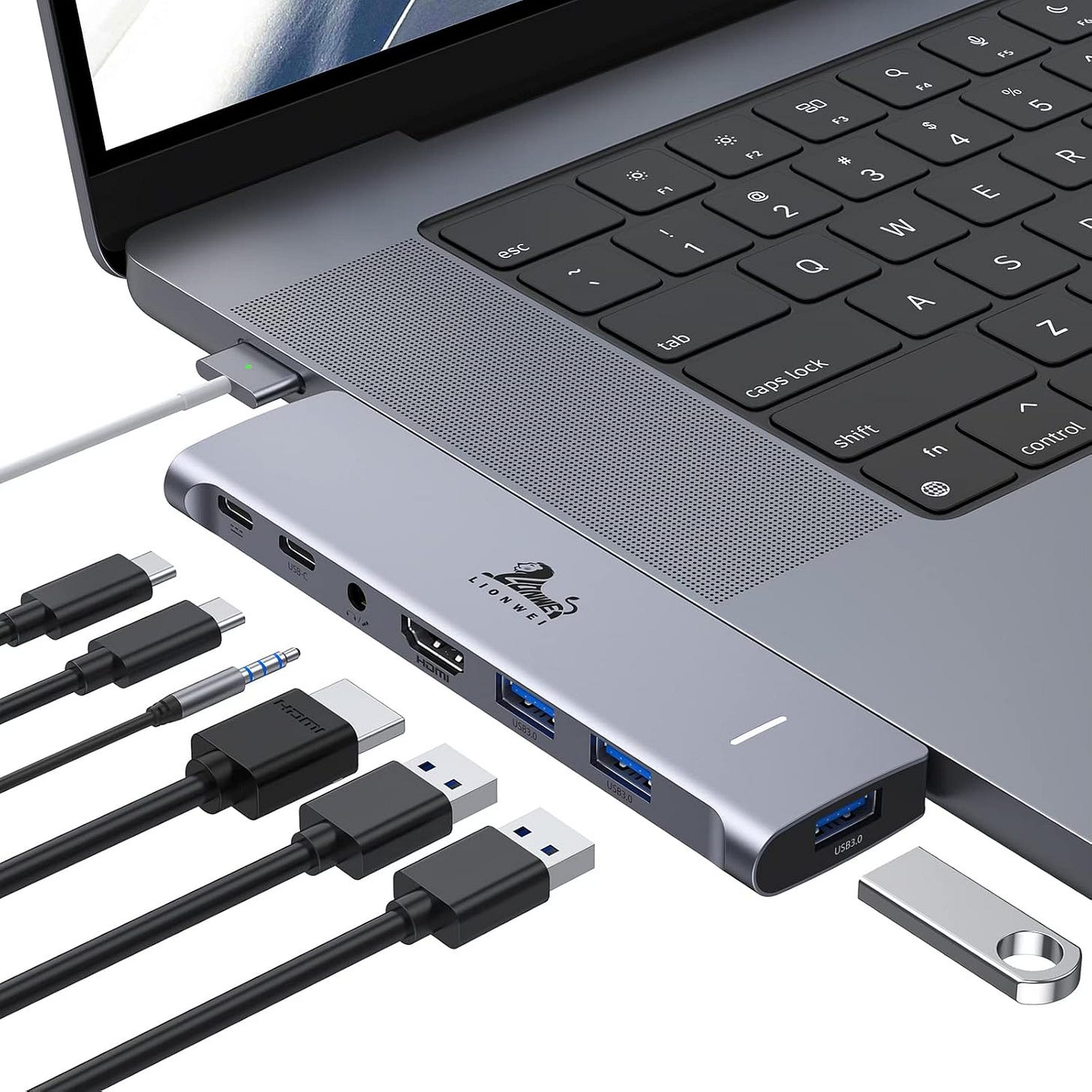

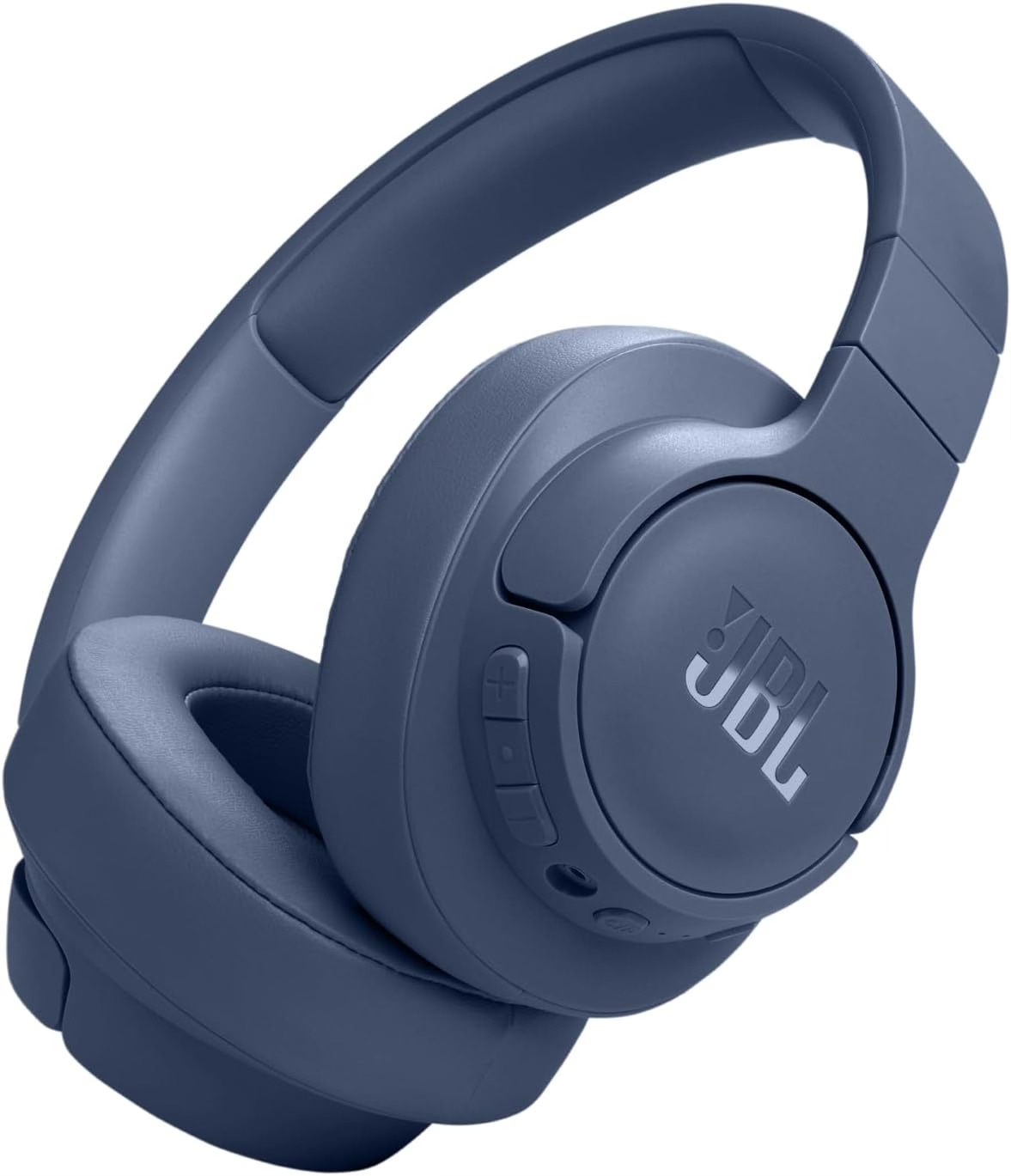
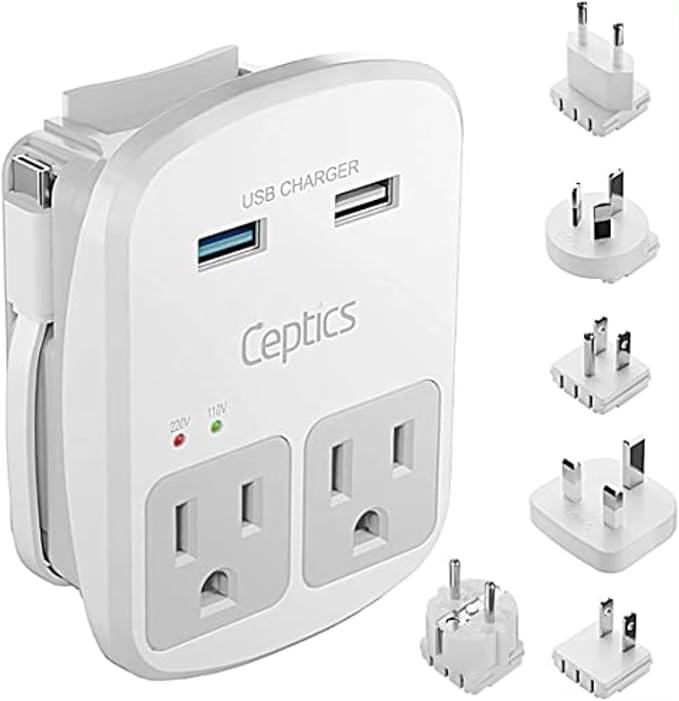
Thanks for all the information. I found them helpful.
Cheers.
Really awesome article and extremely helpful to point out the difference between the power adapters and the converters. I learned this the hard way my first time in Europe (early 00s...whoops).